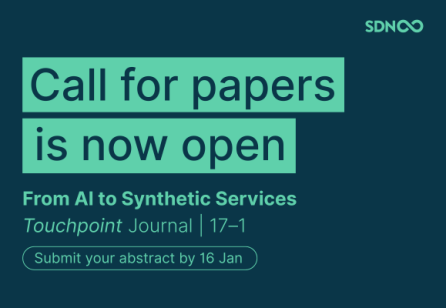Shane was concerned about how 'insighty' some of our insights are ;) So he decided to return to Uni…and is finding it really hard :) Shane took us through a couple of exercises and got some good discussion going.
Exercise #1:
- Handing out to every second person
- Population of Guangzhou
- Influenced by the figure we are given…and it’s called “anchoring”
- And we don’t adjust to it enough
- How could we use this to improve our services?
- The idea of “pre-existing” anchors – not being able to rationalise out of that
- Credit card payments suggest a rate and people don’t deviate from that…but if you remove, research shows that people will pay more
- Charities putting an amount, people won’t pay too much below as seen to be “socially acceptable”
- Managing people’s expectations about what they might be entitled to
- Uber’s option for tipping ($1, $2 or $5) and hiding the option not to tip (which is a sneaky default)
- Existing ‘racist’ anchors, e.g. 48% of Māori smoke, x% of Māori men in prison population – look at reframing in a positive way
- Social norms = a % of the population does something, then that is applied as the norm for what we do
- Outcome = explain the rule for the sequence
- Most people when they get it right don’t want to have another go – confirmation bias
- So what can we do about confirmation bias in our work?
- Prototyping and testing – if we’re only showing the one thing, how do we know it’s the right thing?
- “design like you’re right, test like you’re wrong”
- Want to be able to look for the breadth of response, rather than the positive
- People think of the solution of what they want – “you are not your users”
- HIPPO – Highest Paid Person’s Opinion – take them into testing
- Being able to position yourself as the expert
- Being able to have the conversations in a public space – not so confronting
- Check out the Netflix doco “The Flat Earth” and “Everybody’s Doing It” Candid Camera video







Share your thoughts
0 RepliesPlease login to comment